1. New Turbocharged Engine
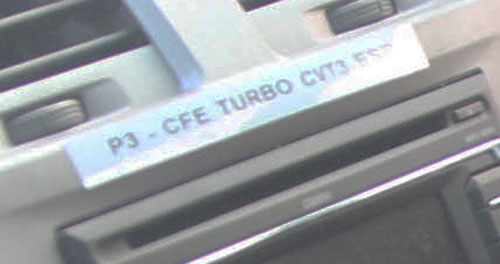
This isn’t exactly something new to us as it’s been mentioned by Datuk Syed Zainal a few times in the past, but just a recap, the next generation of Proton engines will include a downsized turbocharged engine, using 1.6 litre of capacity to produce power equivalent to a 2.0 litre engine, in line with global trends.
Past exhibits of a turbo engine prototype have indicated power figures around 140 PS and 205Nm, with peak torque kicking in at just 2,000rpm. To accommodate the turbocharger, compression ratio has been lowered to 9.5:1, which isn’t really very low for a turbocharged engine. Most of the 2.4 litre engines in the D-segment share a similar compression ratio and they are normally aspirated. This indicates a low boost pressure.
2. At least some variants of the CFE Turbo will be intercooled?
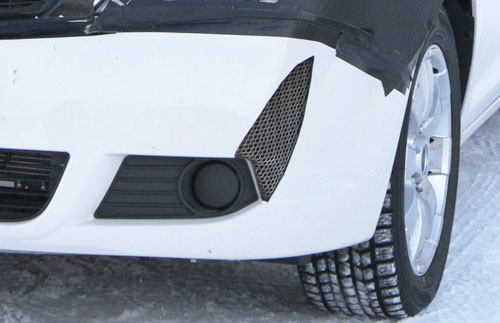
The cutout in the right side of the bumper of the prototype could indicate that an intercooler is hidden behind the mesh. Some form of cooling for the forced inducted air would be something good to have in our hot climate. I’ve had my own experiences running forced induction with and without intercooling and power was significantly better and more stable with an intercooler even though boost dropped a little.
The Campro engine currently has its intake on the right side of engine bay – with the turbo application the air filter could be somewhere on the left, with passing through the turbo on the front of the engine bay, then to the intercooler on the right of the bumper, and back into the intake manifold on the right rear of the engine bay.
3. A new safety feature – ESP stability control
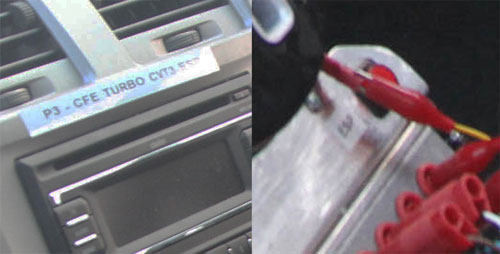
The text “ESP” appears twice in the interior of the car – once on a sticker below the center dash air cond vents saying “P3 – CFE TURBO CVT3 ESP” and once again on a panel below the gear lever which seems to have a lot of red plugs going into it. ESP might just be the reason that the prototype is spending time in Sweden near the arctic circle in the first place. It’s where the Bosch Vaitoudden test center is located, where Bosch engineers test their ESP and ABS systems on the icy surfaces and snowy bends of the native terrain.
I personally feel at least some form of ESP or electronic stability control is a must have for any modern vehicle and it’s good that we are now seeing indications that Proton will be joining the bandwagon. ESP helps stabilize the vehicle by minimizing skids. It automatically applies selective braking to help steer the vehicle where the driver intends to go, combined with traction control which minimizes wheel slip.
4. Future models may use a multi-link rear suspension
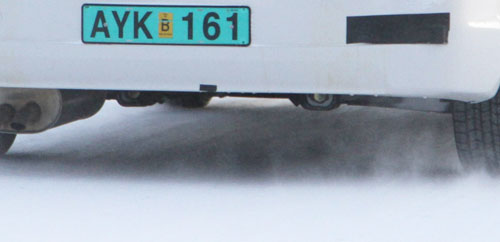
This prototype is definitely not sitting on a platform that’s 100% similar to the Exora’s. When the Exora was launched, Proton explained that it was modular and the Exora’s torsion beam rear suspension could be replaced with a multi-link rear suspension.
This prototype uses a multi-link rear suspension as you can see from the image above. Many car manufacturers are moving to torsion beams for almost everything. This might just be some derivative of the chassis of the Proton Persona R replacement model with Exora sheetmetal.
5. New CVT transmission
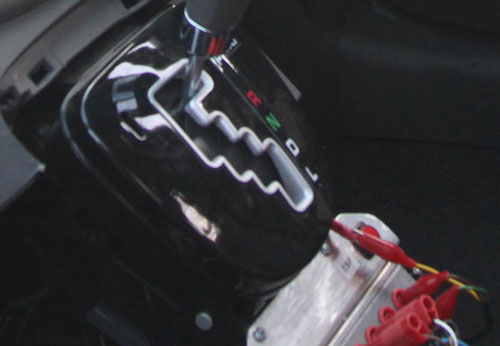
There are two indications to this – first of all the same sticker that has the text ESP on it also has the text CVT3. And when you look at the gear shifter area, the shift pattern is quite different from the P-R-N-D-3-2-L in the Exora.
Instead, we have P-R-N-D-L which is typical of CVT transmissions – D for drive and L for a CVT shift pattern that emphasizes on engine braking.
AD: Drive the Proton model of your dreams. Submit your details and Proton PJ will get in touch with you.
Looking to sell your car? Sell it with Carro.

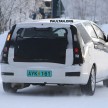
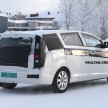
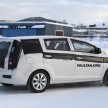

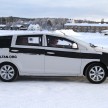
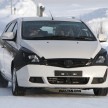
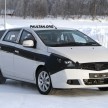
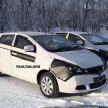
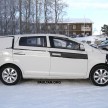
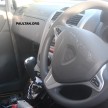
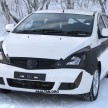
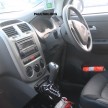
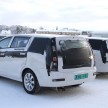


















AI-generated Summary ✨
Comments generally express optimism about Proton's new developments, such as the turbo engine, ESP, CVT, and safety features, indicating progress in their vehicle technology. Many recognize Proton's testing in Sweden as a sign of serious global standards, with some speculation that the prototype might be related to the new Persona R or Exora Turbo. Critics complain about Proton's late adoption of features like ESC and premium interior materials, expressing hope for improvements. There’s discussion about the vehicle's platform, testing in extreme conditions, and potential specifications, with some debate over the car's design and market positioning. Overall, the mood is a mix of anticipation and skepticism, but most hope Proton's efforts will lead to better, competitive vehicles.